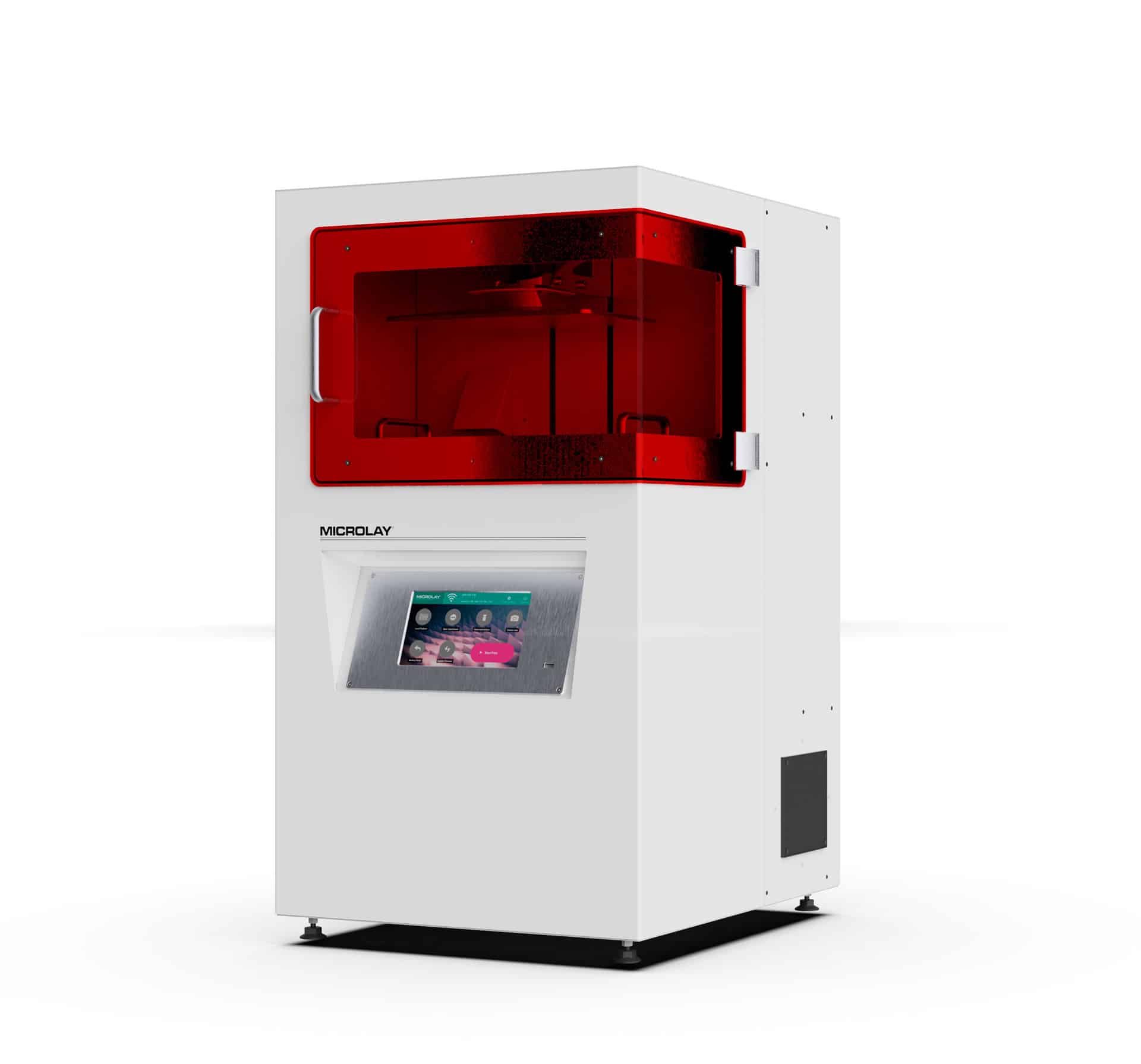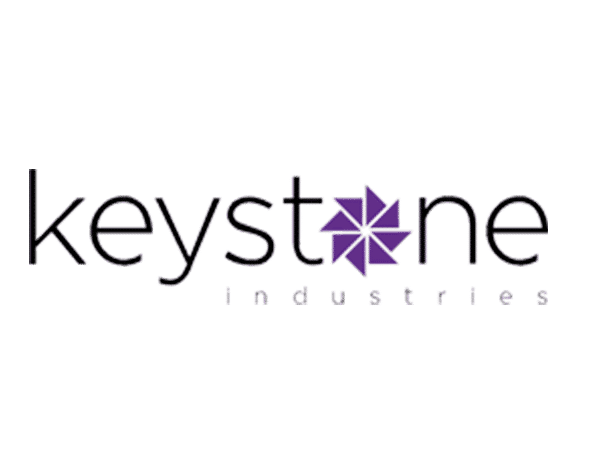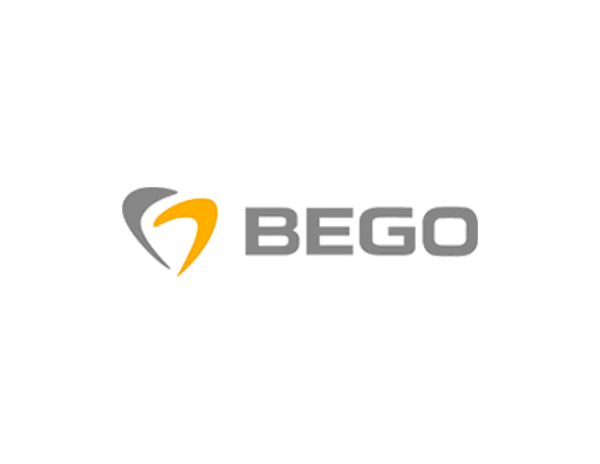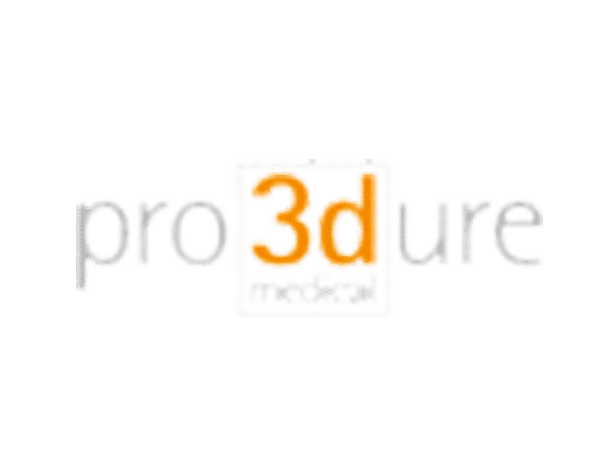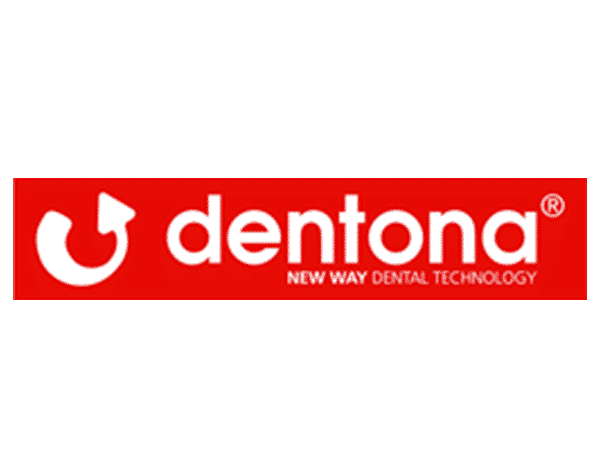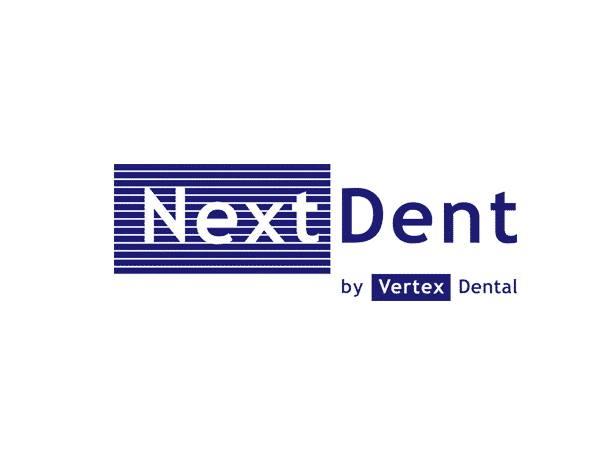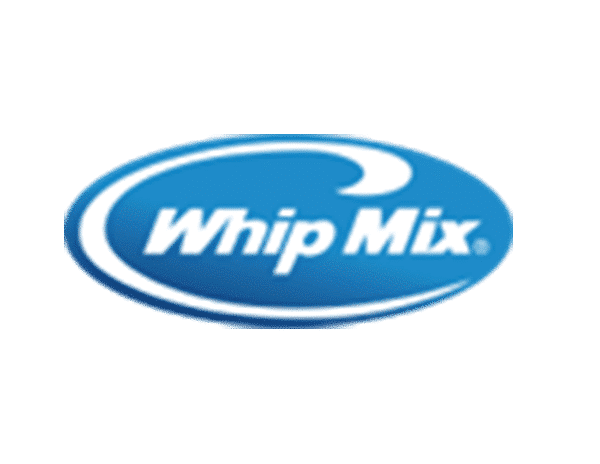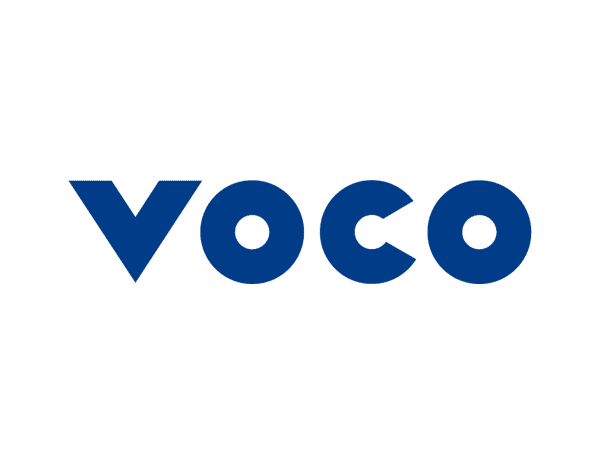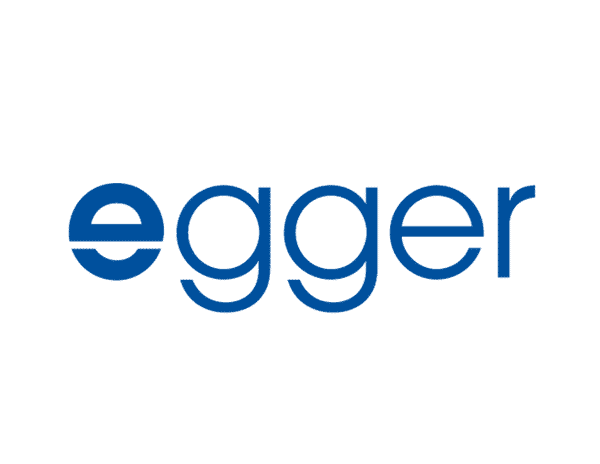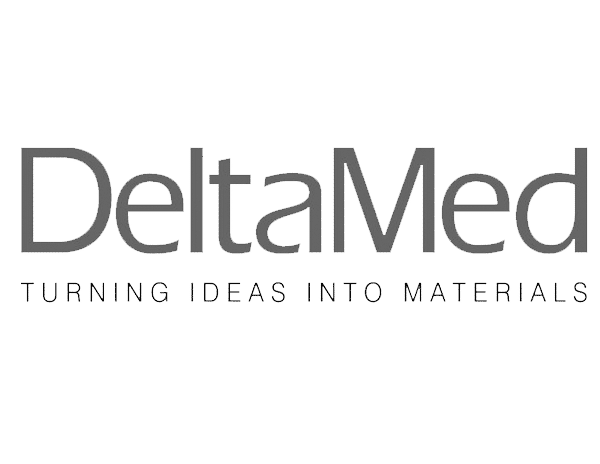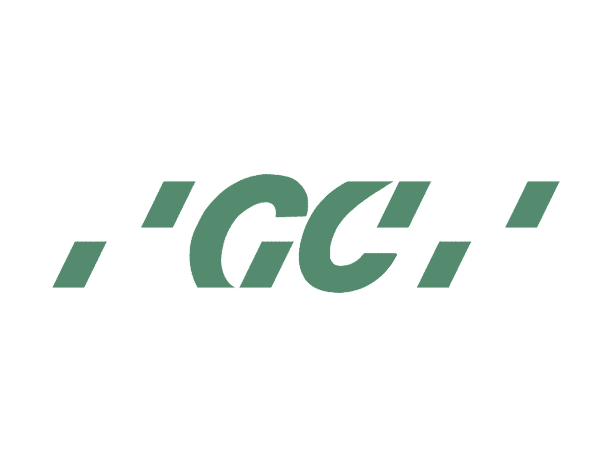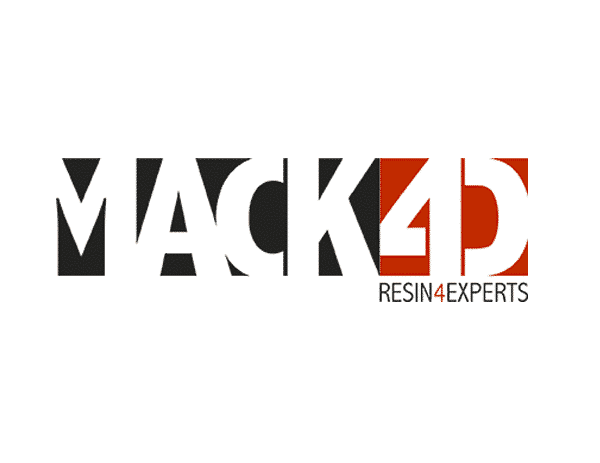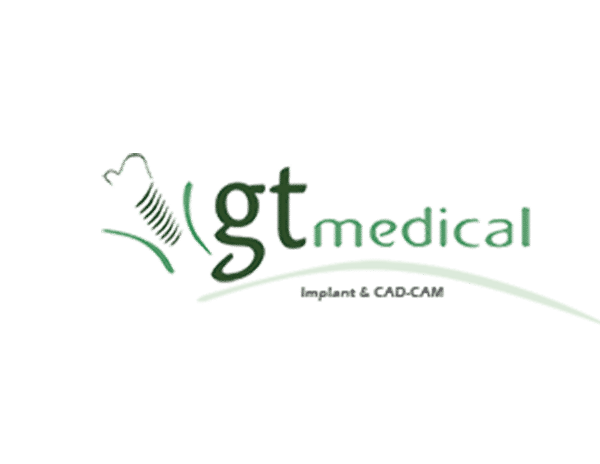Why DLP is better than LCD for dental applications?
The dental industry has experienced a transformative shift with the advent of 3D printing technology. From creating dental implants to orthodontic devices, 3D printing has revolutionized dental procedures, offering precision, speed, and cost-effectiveness. Among the various 3D printing technologies available, Digital Light Processing (DLP) and Liquid Crystal Display (LCD) have emerged as prominent contenders. However, when it comes to dental applications, DLP technology has proven to be superior in several aspects. This article delves into the reasons behind the preference for DLP over LCD in dental 3D printing.
| Criteria |
DLP |
LCD |
| Precision and Accuracy |
DLP printers utilize a digital micromirror device (DMD) that reflects light to cure the resin. Unlike LCD screens, DLP projectors can focus directly onto the resin, allowing for greater printing precision. Each micro-mirror can be controlled individually, resulting in a more detailed and smoother print, essential for dental applications where minute details can affect the fit and function of dental devices. |
Although modern LCD screens have a smaller pixel size than DLP projectors, they face challenges in terms of precision. One of the main limitations is their inability to apply the same energy to each pixel. Additionally, the pixel in an LCD screen is located hundreds of microns below the resin, which can affect the precision of the print. While they can produce decent results, these factors can lead to less accurate prints, especially when dealing with intricate dental structures. |
| Speed of Printing |
One of the standout features of DLP printers is their ability to cure an entire layer of resin in a single flash of light. This means that regardless of the size or complexity of the model, the print time for each layer remains consistent. This is particularly beneficial in a dental setting where time is often of the essence. |
LCD printers rely on the UV light passing through the LCD screen to cure the resin. This process can be slower, especially if the screen’s transparency decreases over time due to prolonged UV exposure. |
| Durability and Longevity of the Machine |
DLP printers are known for their durability. The DMD chips are designed to last for thousands of hours of printing without significant degradation in performance. This ensures consistent print quality over the printer’s lifespan. |
The LCD screens in 3D printers are susceptible to wear and tear. Prolonged exposure to UV light can degrade the screen’s quality, leading to uneven curing and reduced print accuracy. Over time, this necessitates the replacement of the LCD screen, adding to maintenance costs. |
| Material Versatility |
DLP technology is compatible with a wide range of resins, including those specifically formulated for dental applications. This versatility allows dental professionals to choose the best material for each specific application, be it a dental crown, bridge, or orthodontic device. |
While LCD printers can also work with various resins, they might not offer the same level of compatibility and flexibility as DLP printers, especially with specialized dental resins. |
| Cost Efficiency |
While the initial investment for a DLP printer might be higher, the long-term benefits in terms of durability, reduced maintenance, and consistent print quality make it a cost-effective choice for dental professionals. |
LCD printers might come with a lower upfront cost, but the potential need for frequent screen replacements and the possibility of inconsistent prints can lead to higher costs in the long run. |
As the dental industry continues to evolve, the role of DLP technology in shaping the future of dental care cannot be understated.

